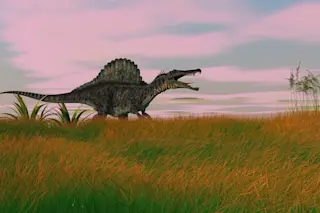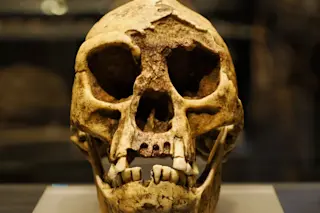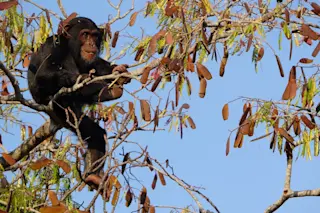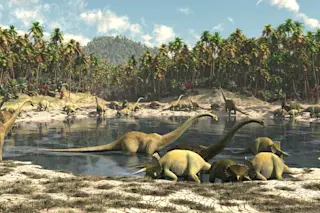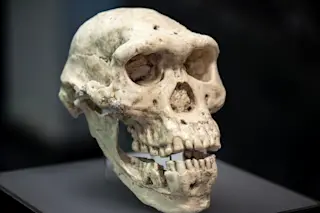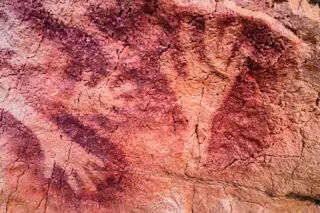Ancient hominins needed the right stone tools to butcher their meals, a long-lived technique of food preparation that helped our ancestors’ bellies stay full. A 430,000-year-old set of stone tools found in Greece shows just how sophisticated meat-cutting was in the Middle Pleistocene.
A new study published in PLOS One details the discovery of stone tools at Marathousa 1, located in the Megalopolis Basin of the Peloponnese region, and is among Greece's oldest archaeological sites. The site also contained remains of the extinct straight-tusked elephant (Palaeoloxodon antiquus), implying that the hominins who once lived there had used the tools for butchery.
Meat-cutting has been a mainstay of the human skill set for over 2 million years. Evidence suggests that early hominins used simple stone tools to carve smaller slices of meat from animal carcasses as early as 2.5 million years ago. Research has even proposed that the ability to butcher ...

